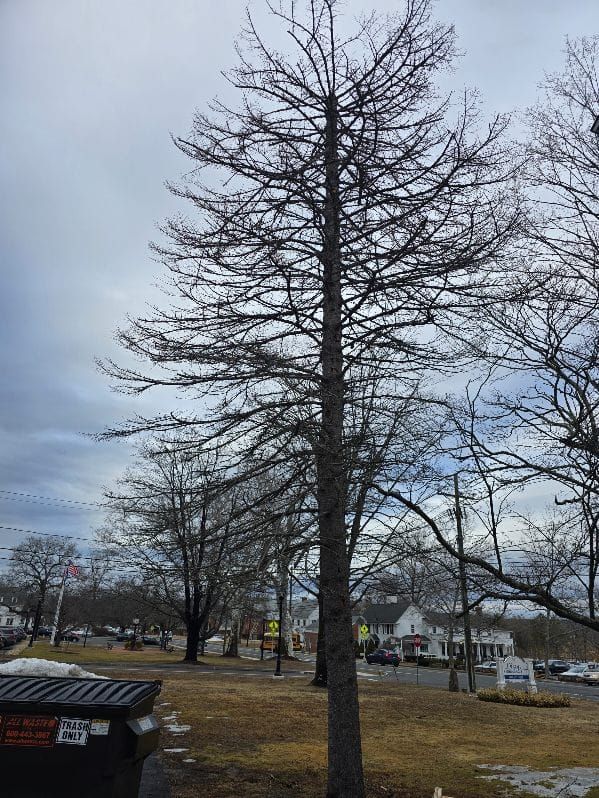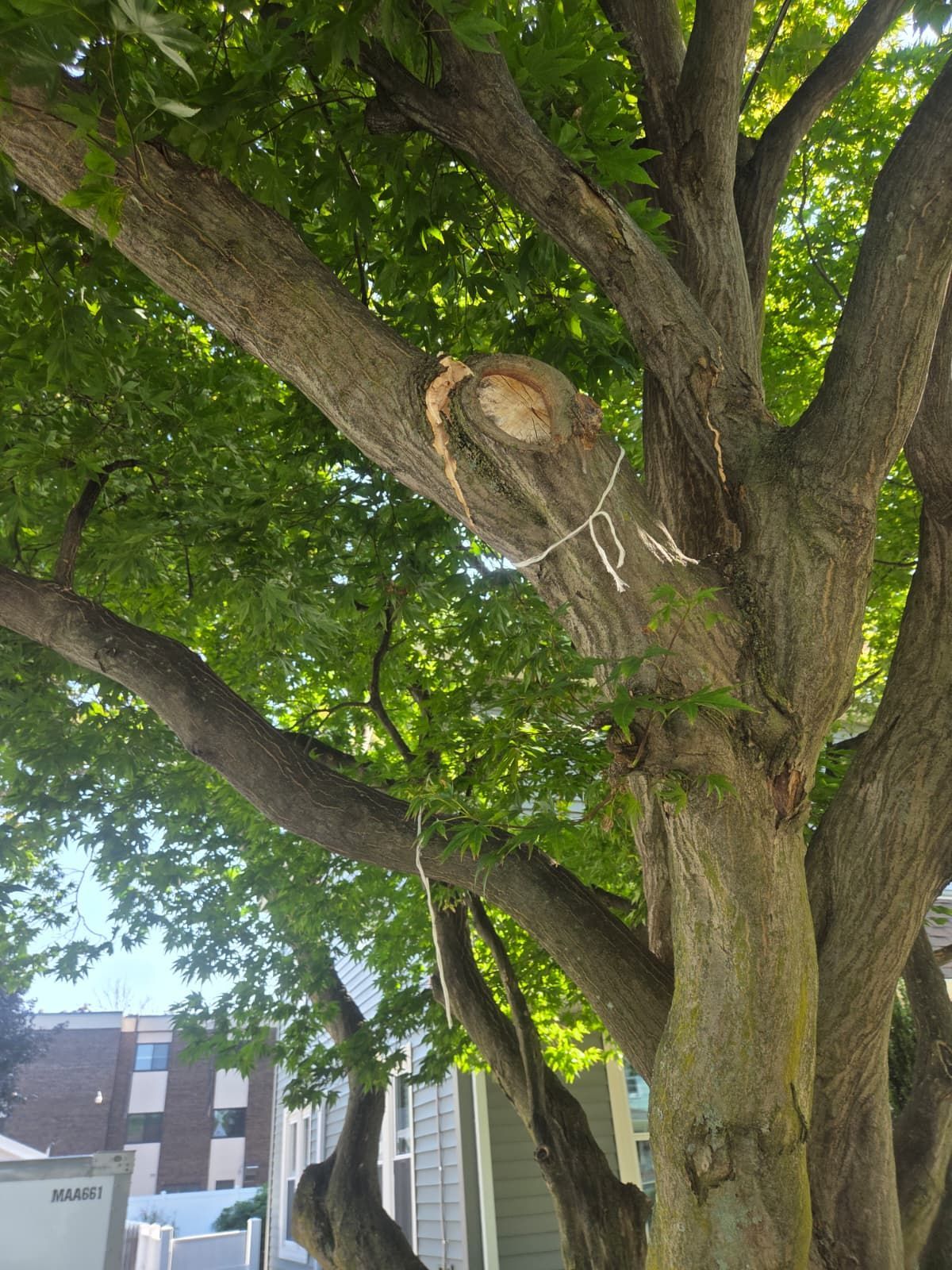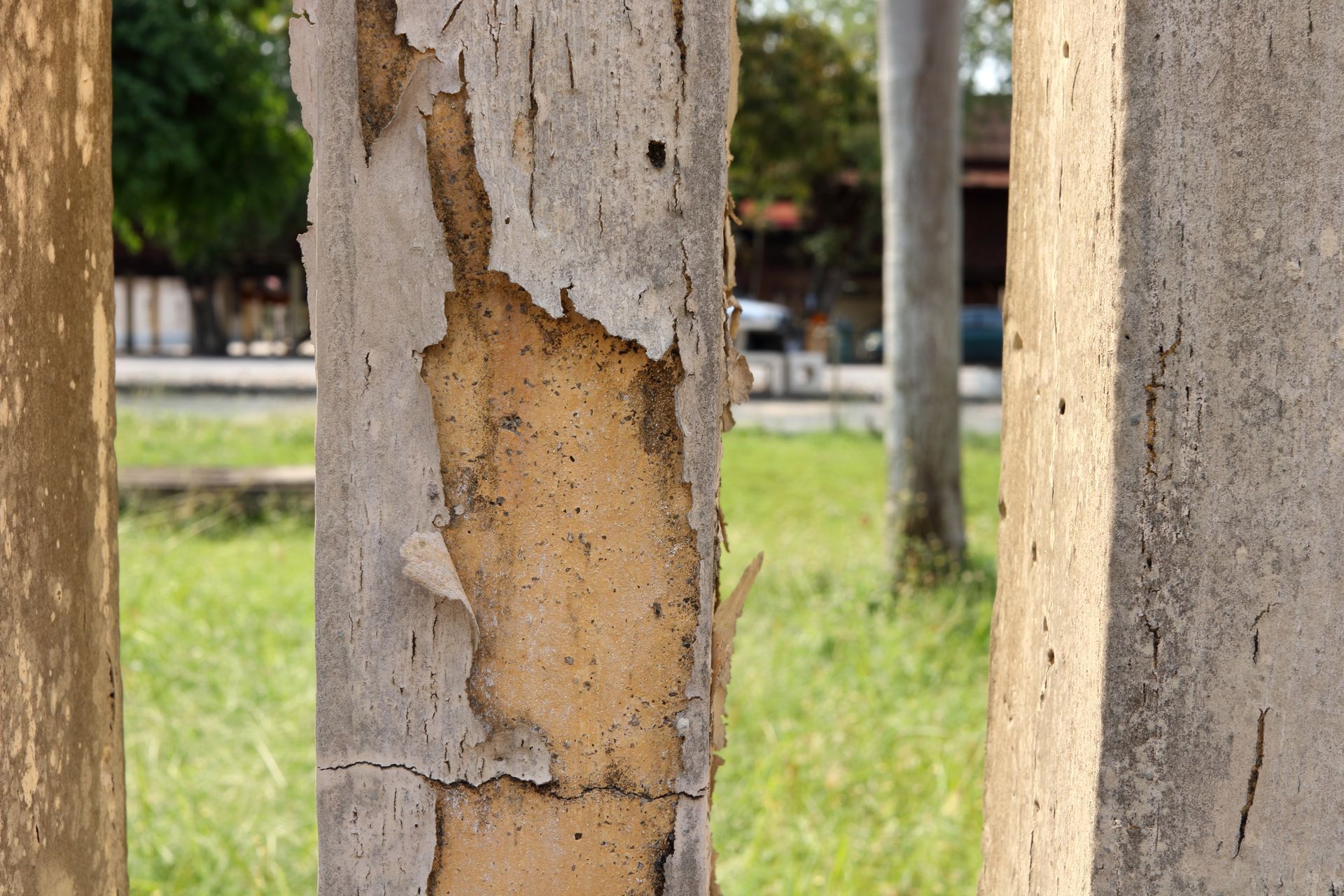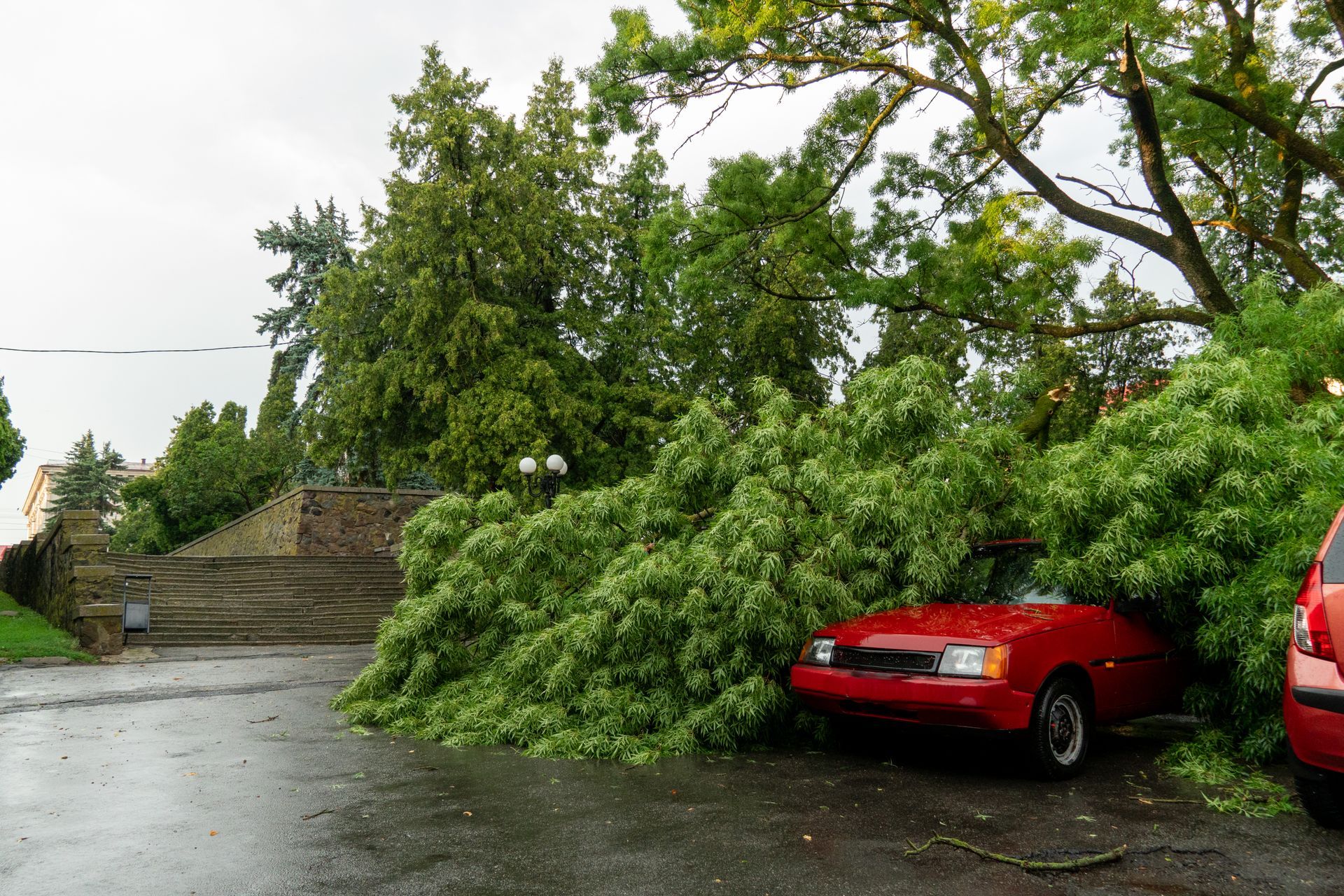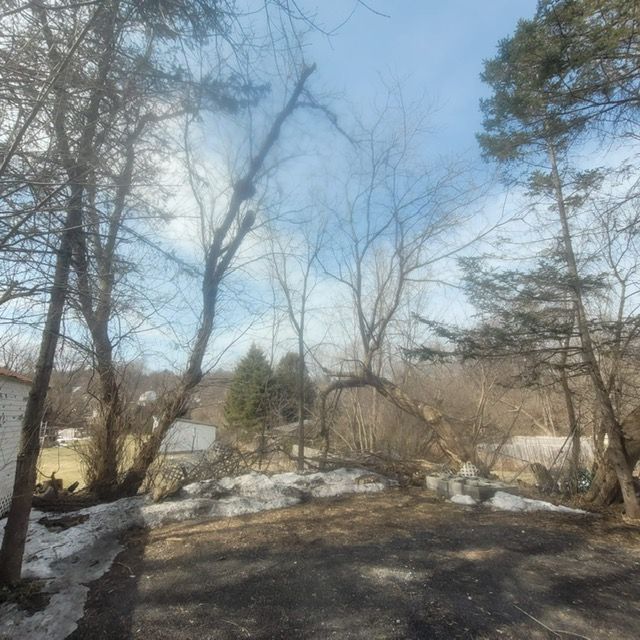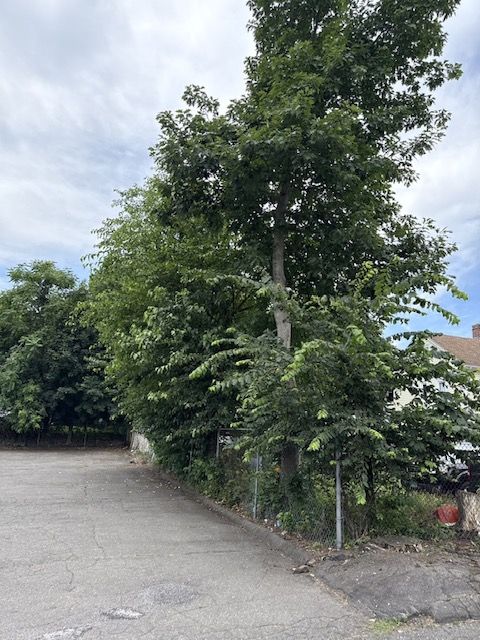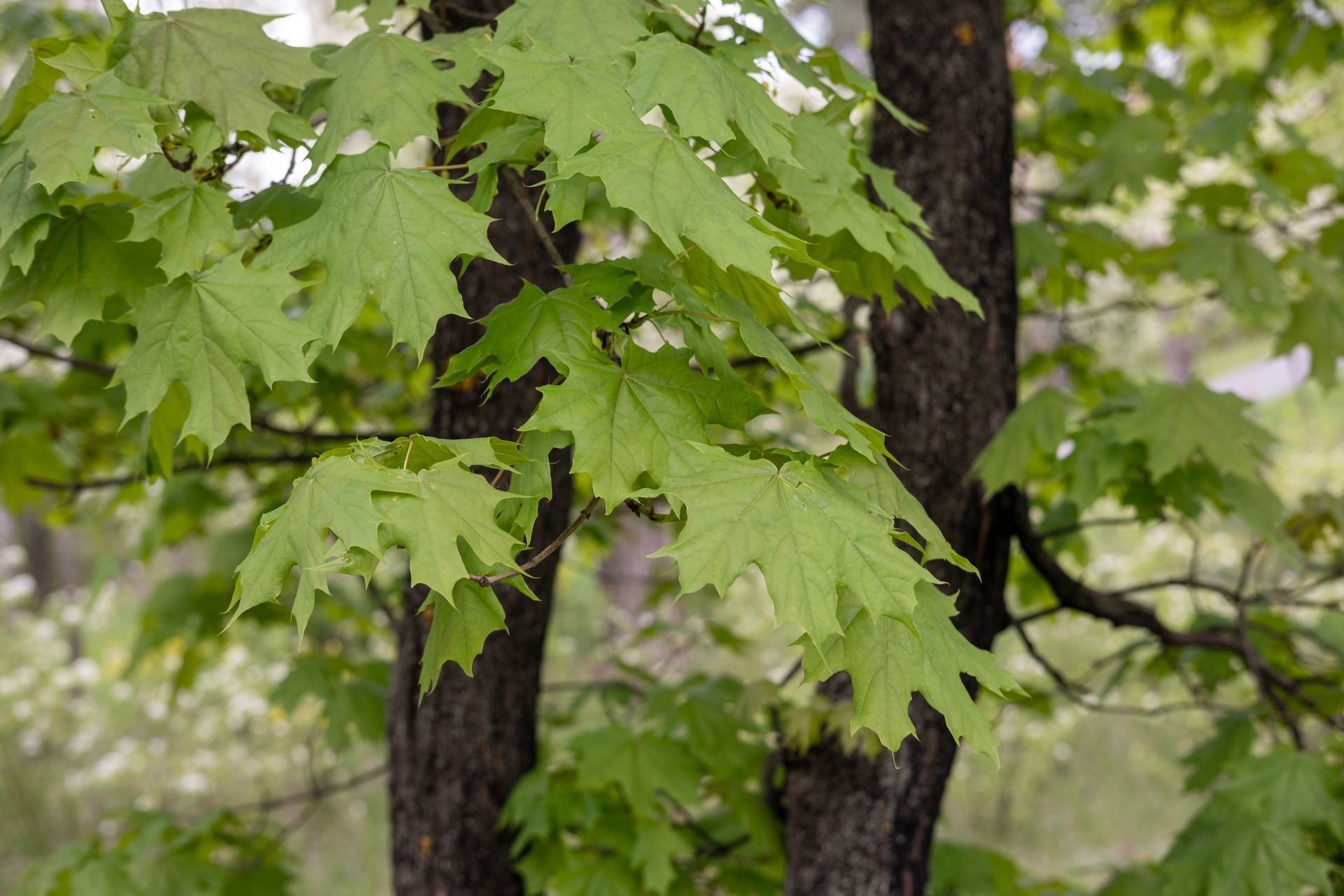Who’s Responsible for Trees Next to Public Streets or Sidewalks in Shelton, CT?
Who’s Responsible for Trees Next to Public Streets or Sidewalks?
In most cities, the property owner is responsible for maintaining trees on their own land, even if the tree sits next to a public street or sidewalk. However, trees located in the public right-of-way are typically the responsibility of the town or city. The exact boundary—and who handles pruning, removal, or damage—depends on local ordinances and property lines.
Trees along streets and sidewalks add shade, beauty, and character to a neighborhood—but they also create confusion when it comes to who’s responsible for maintaining them. If a limb falls, roots crack the sidewalk, or the tree needs pruning, who handles it: the city or the homeowner?
Here’s what homeowners need to know.
Understanding the “Right-of-Way” (ROW)
Most towns have a designated right-of-way area that includes sidewalks, utility strips, and a few feet beyond the curb.
- If the tree trunk is inside the right-of-way, the city usually manages it.
- If the trunk sits on private property, the homeowner is responsible, even if branches extend over public spaces.
Because ROW boundaries vary, property surveys are the most accurate way to know where ownership lies.
When the City Is Usually Responsible
Most municipalities take responsibility for trees that:
- Are planted in the city-owned strip between the sidewalk and road
- Pose hazards to public areas
- Interfere with power lines (often handled by the utility company)
- Were originally planted as part of a city tree program
Cities may also require permits for pruning or removing right-of-way trees—even if they are dying or hazardous.
When the Homeowner Is Responsible
Property owners are usually responsible when:
- The tree trunk is on private land
- Roots are damaging the sidewalk due to a privately-owned tree
- Branches hang over sidewalks from a tree on private property
- A tree becomes diseased, hazardous, or storm-damaged on your land
Homeowners may also be held liable if a known hazardous tree causes injury or property damage.
Storm Damage: Who Pays?
After severe weather, responsibility follows a simple rule:
- City-owned tree → city handles it
- Property-owned tree → homeowner handles it
Insurance companies may cover damage if the tree was healthy before falling.
Shady Shelton Tree Service specializes in storm cleanup, hazard tree removal, and emergency response if you ever need help fast.
How to Tell Who Owns the Tree
Here are quick ways to determine responsibility:
- Look at your property survey
- Check if the tree is in the utility strip
- Call your local Public Works or Tree Warden
- Consult a licensed arborist
If you’re unsure, our team can help evaluate ownership and condition.
Why Knowing Responsibility Matters
Understanding who’s responsible protects you from:
- Unexpected repair bills
- Liability issues
- Fines for improper removal
- Delays during emergencies
Keeping trees properly maintained also boosts curb appeal and helps prevent costly hazards.
Need Help With a Street-Side Tree?
Shady Shelton Tree Service works with homeowners and municipalities to manage road-side and sidewalk-side trees safely and legally. Whether you need pruning, removal, storm cleanup, or a hazard assessment, we can guide you through the process and handle the heavy lifting.
Call us anytime for expert help with trees near sidewalks, streets, or property lines.
